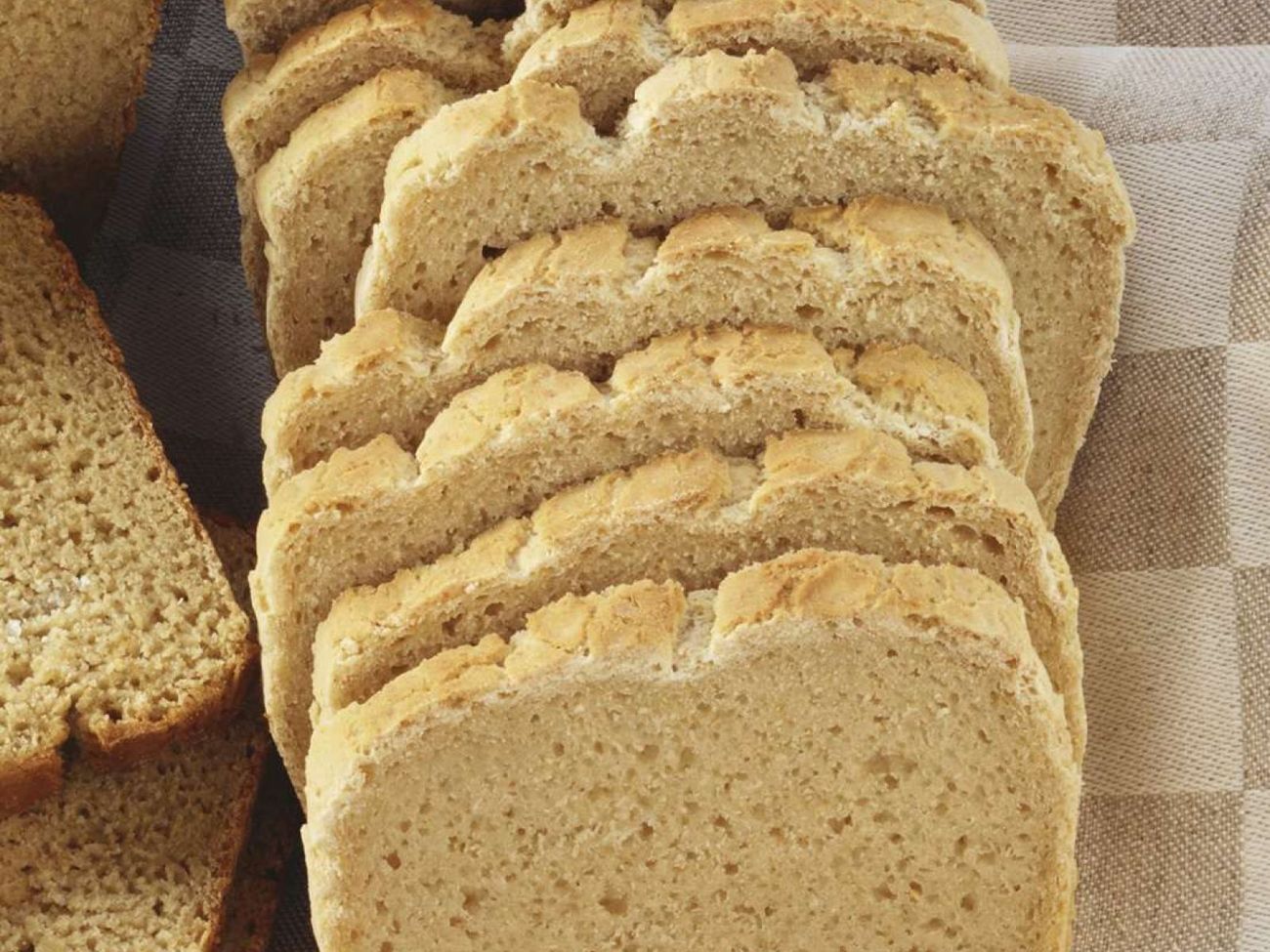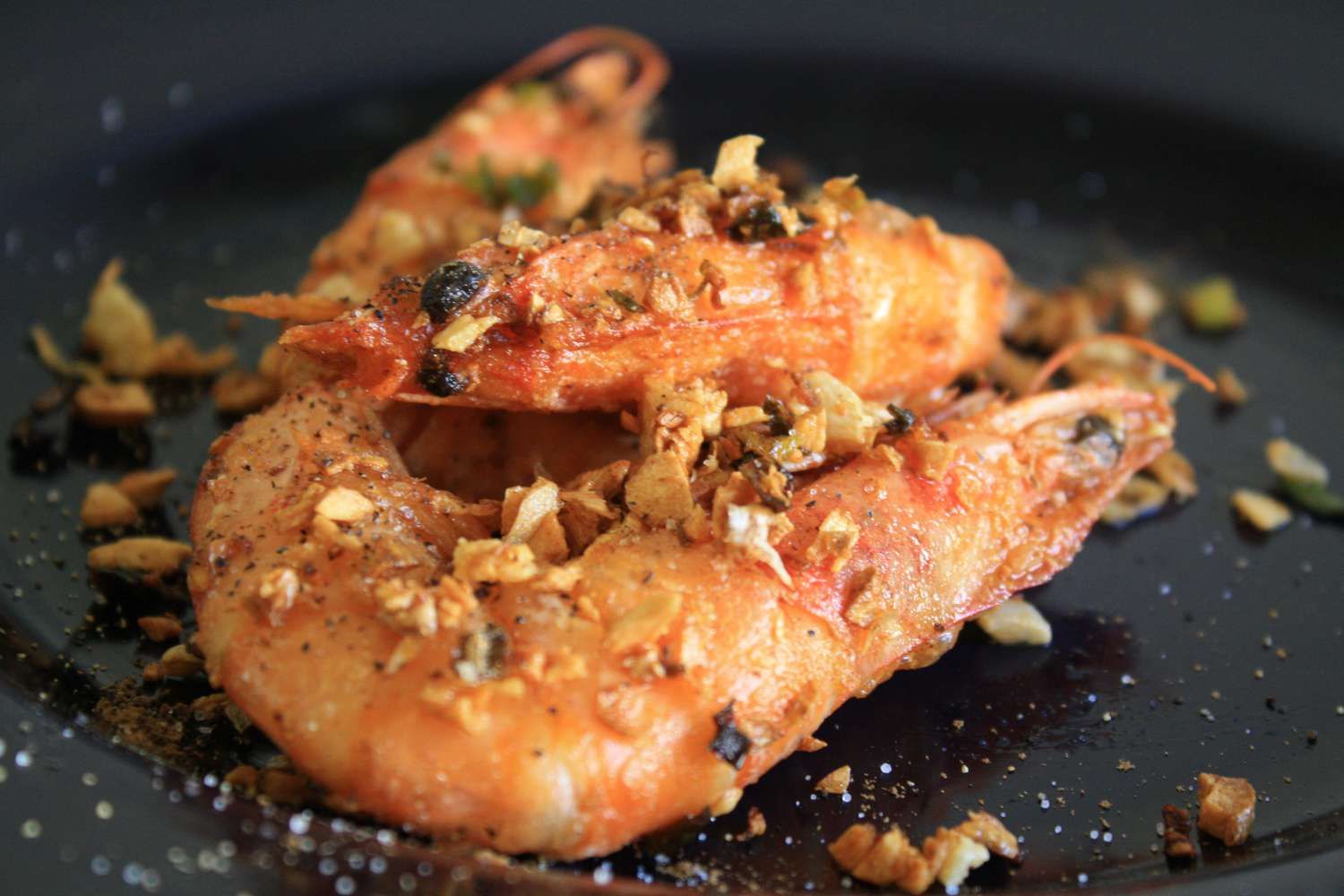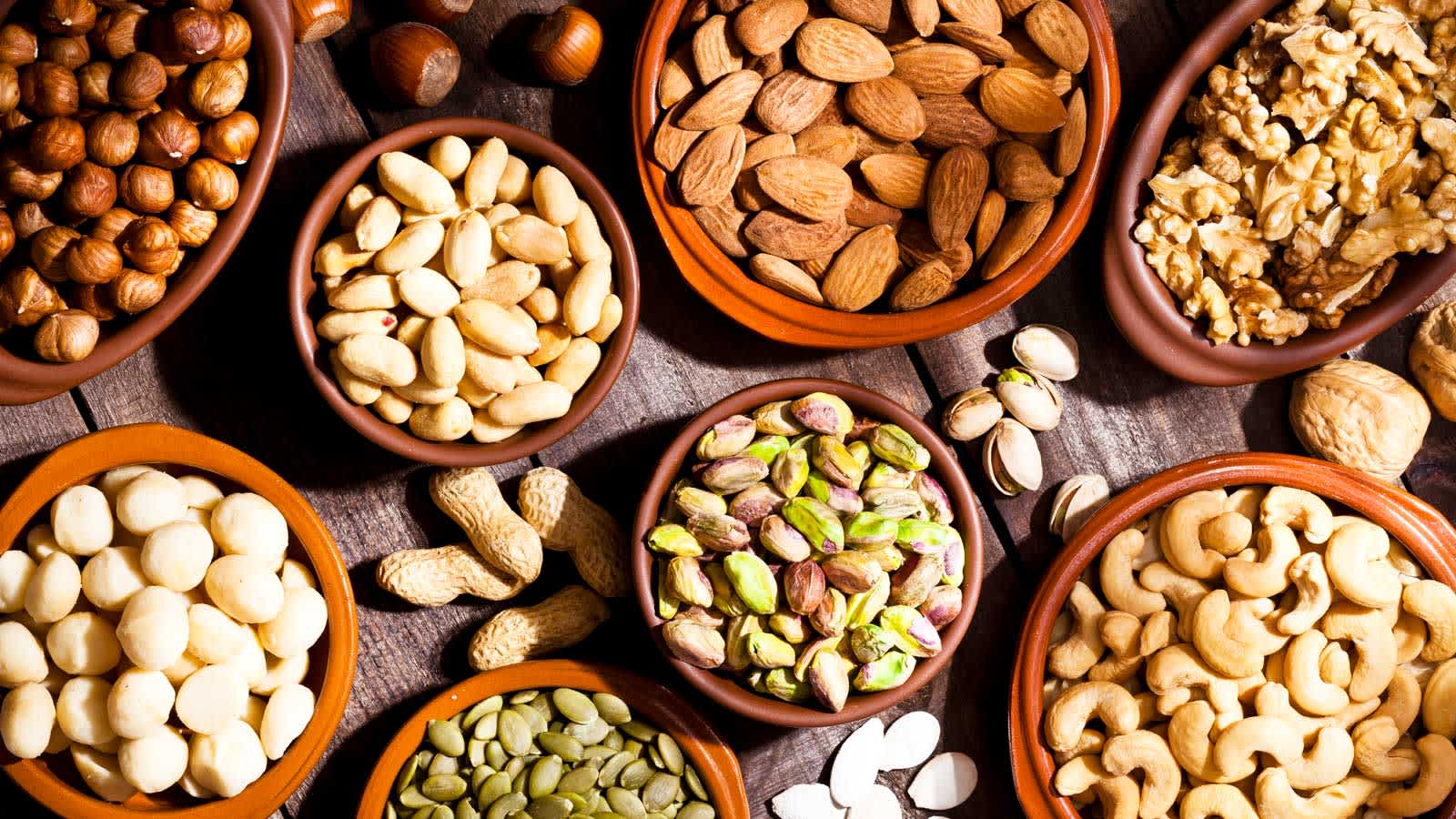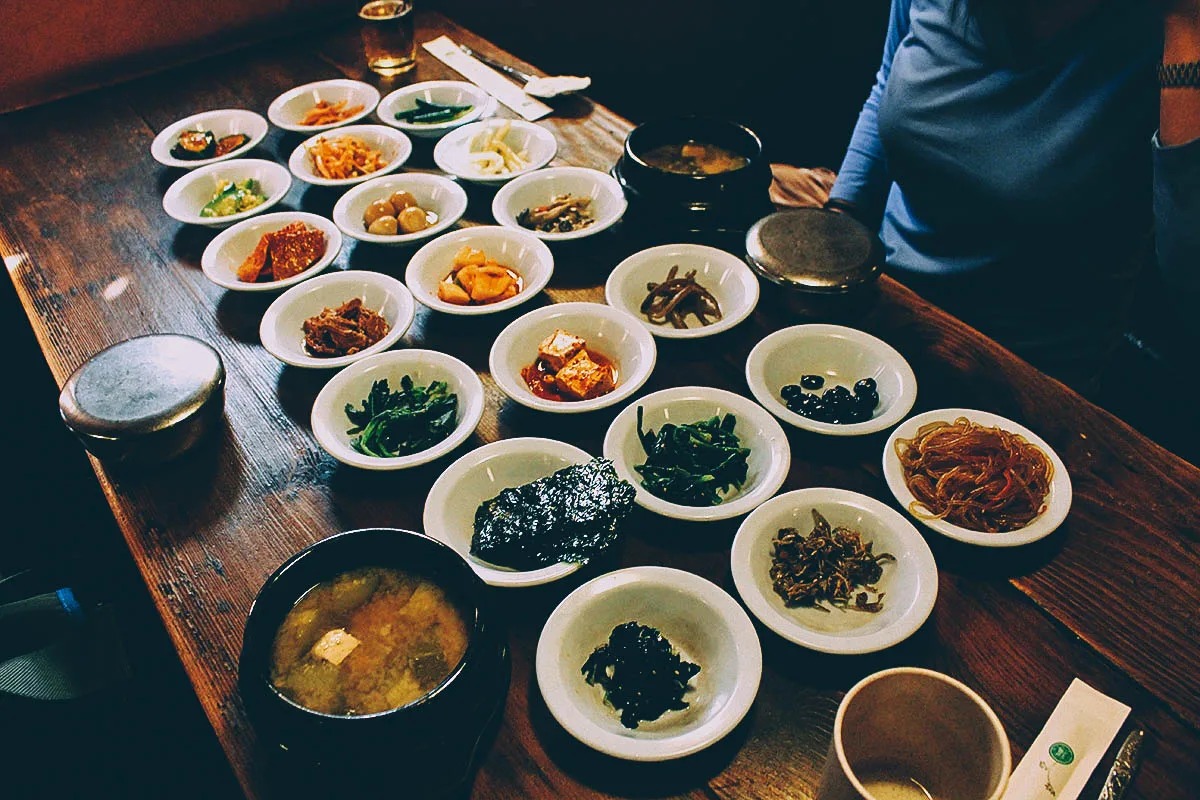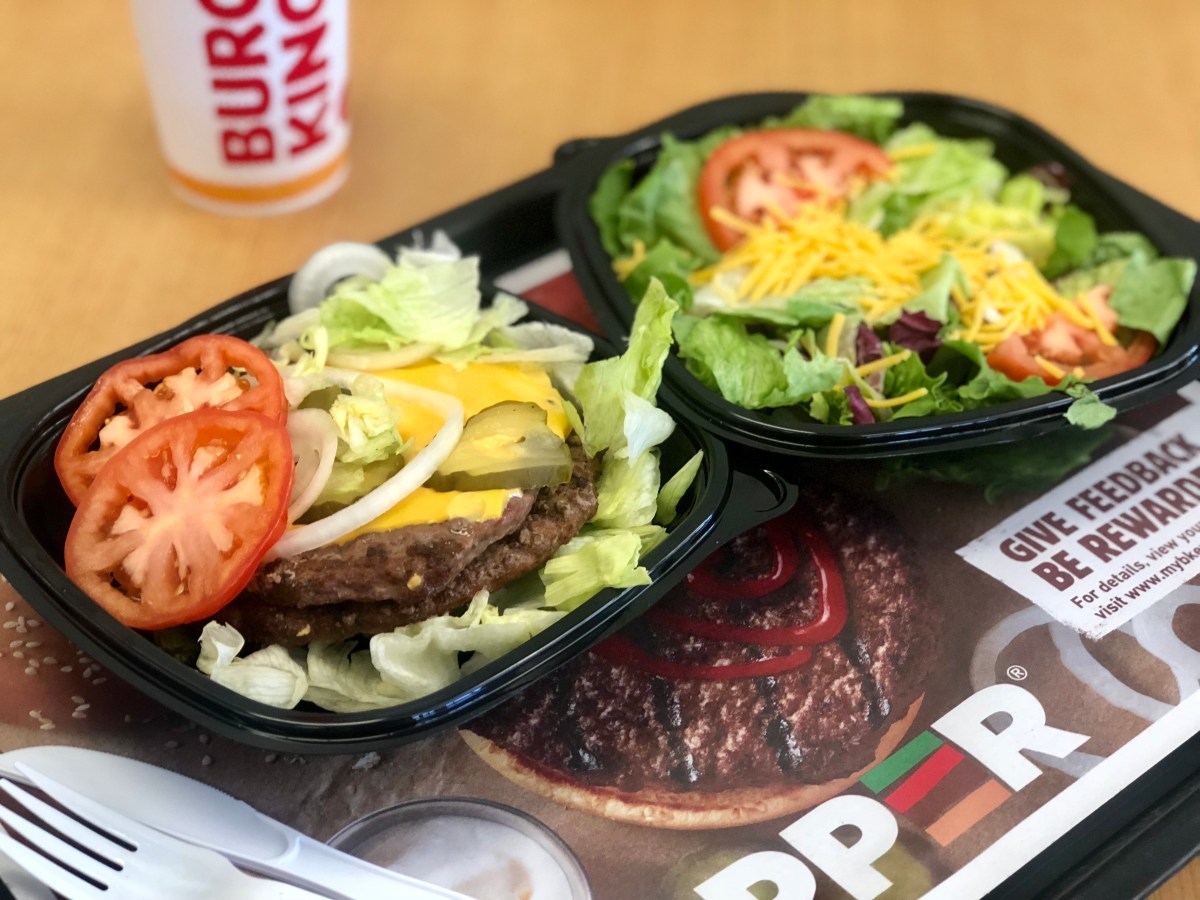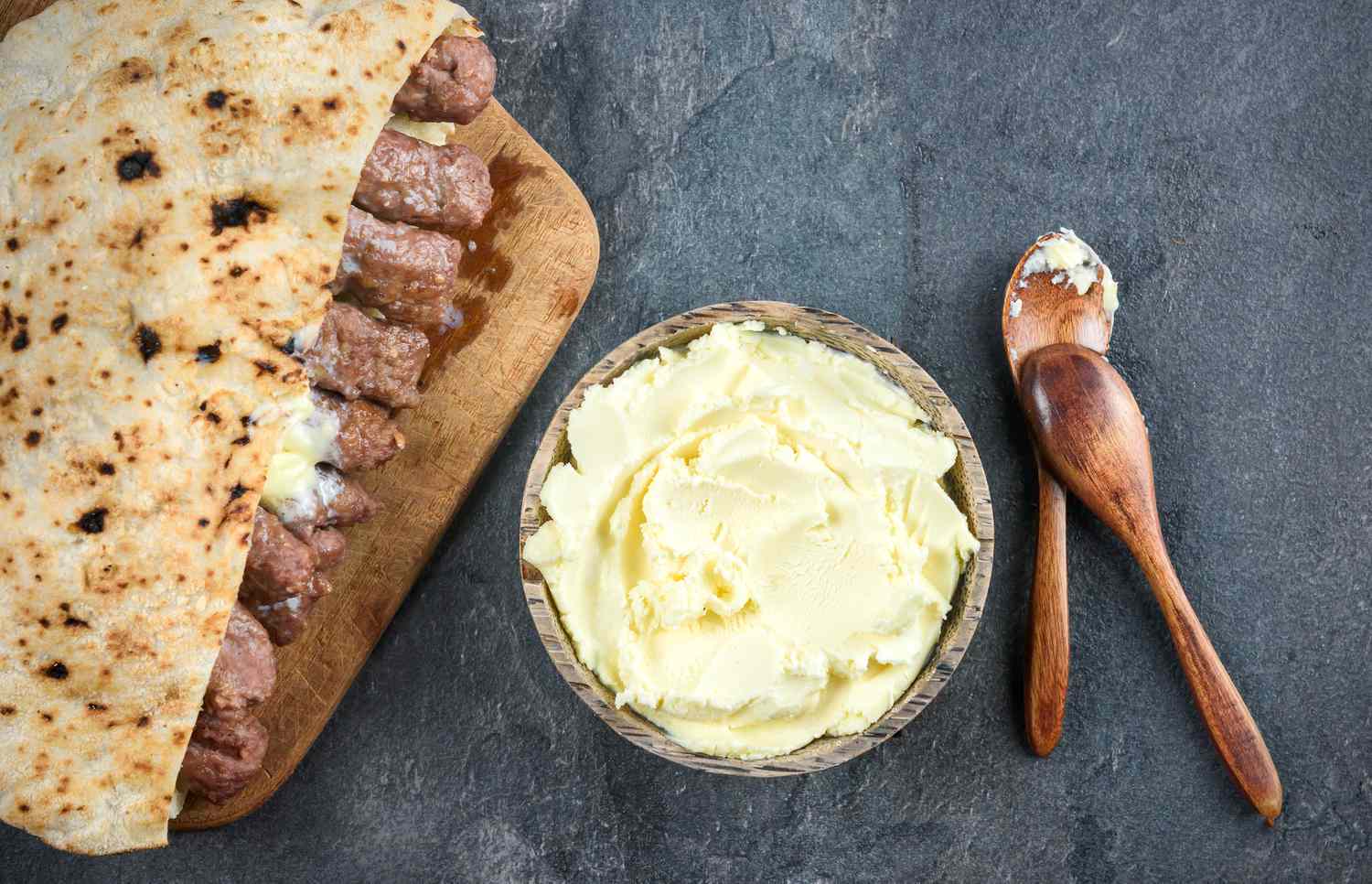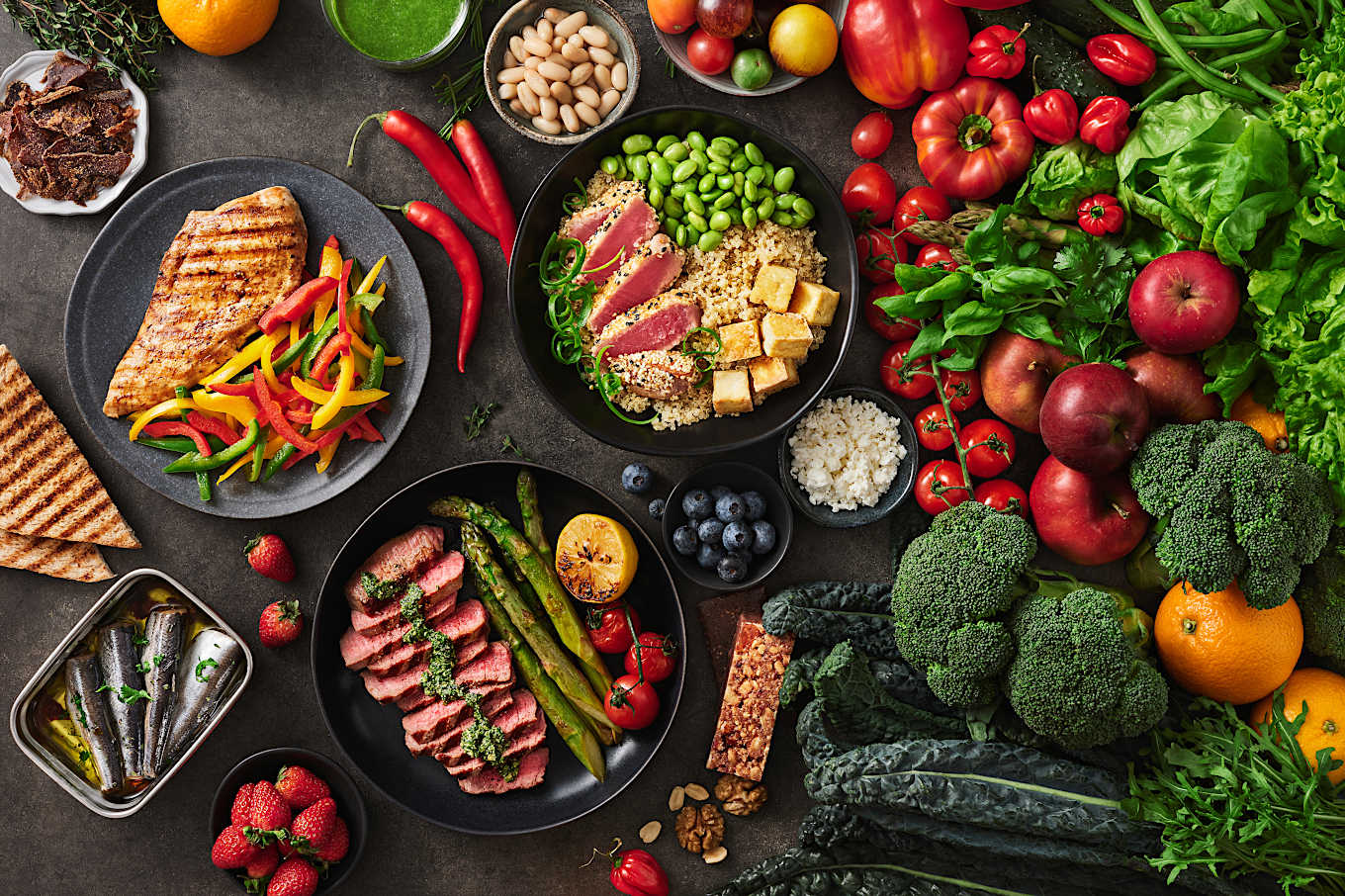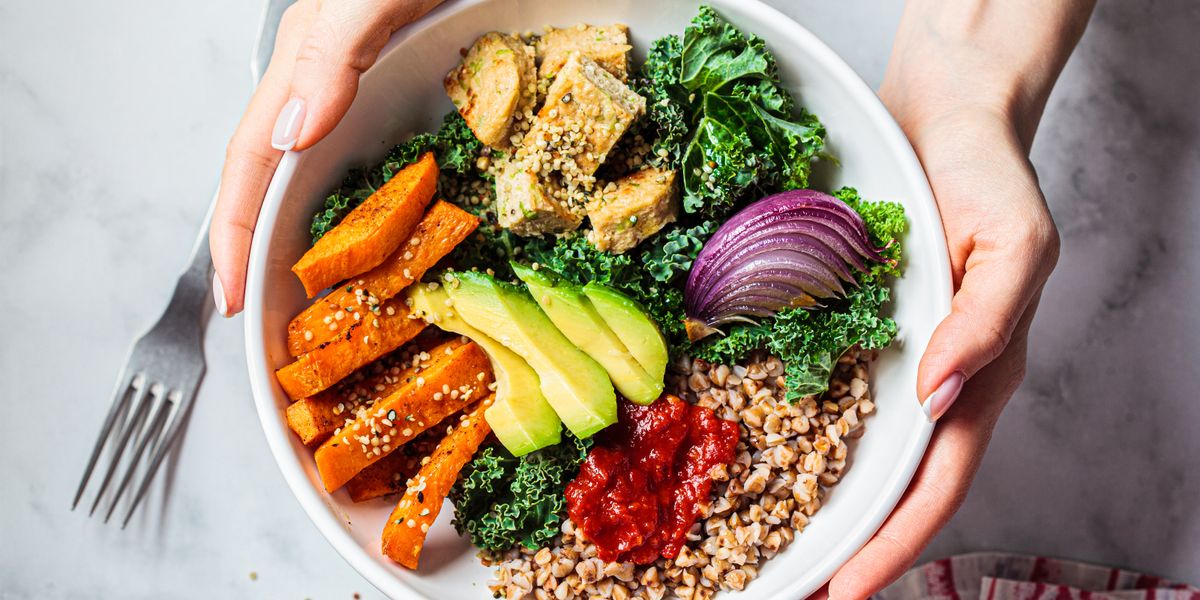How to Reduce Your Wheat Intake and Improve Your Health
Wheat is a staple food for many people around the world, but for some, it can cause digestive issues and other health problems. If you’re looking to eat less wheat, whether due to gluten intolerance or simply to diversify your diet, there are several strategies you can use to make the transition easier.
1. Understand Your Reasons
Before making any changes to your diet, it’s important to understand why you want to eat less wheat. Whether it’s due to gluten intolerance, digestive issues, or simply to explore other food options, knowing your reasons will help you stay motivated and committed to your goal.
2. Explore Wheat-Free Alternatives
There are plenty of delicious alternatives to wheat that you can incorporate into your diet. Consider trying quinoa, rice, oats, or amaranth as substitutes for wheat-based products. These alternatives are not only nutritious but also versatile, allowing you to create a variety of meals without feeling restricted.
3. Read Food Labels
When trying to eat less wheat, it’s essential to become a savvy label reader. Many processed foods contain wheat or gluten, so familiarize yourself with the different names for wheat-derived ingredients such as flour, semolina, and durum. Look for products that are explicitly labeled as gluten-free to ensure they are safe for consumption.
4. Cook Your Own Meals
One of the best ways to control your wheat intake is to prepare your own meals at home. This way, you can choose exactly what goes into your food and experiment with wheat-free recipes. Get creative in the kitchen and discover new flavors and ingredients that you may not have tried before.
5. Communicate Your Needs
When dining out or attending social gatherings, don’t be afraid to communicate your dietary needs. Many restaurants and hosts are accommodating and willing to provide wheat-free options if they are aware of your preferences. By speaking up, you can ensure that you have enjoyable dining experiences without compromising your health goals.
6. Seek Support
Transitioning to a wheat-free diet can be challenging, especially if you’re used to consuming wheat regularly. Seek support from friends, family, or online communities who have experience with wheat-free living. Their tips, recipes, and encouragement can make the process feel less daunting and more achievable.
7. Monitor Your Health
As you reduce your wheat intake, pay attention to how your body responds. Keep track of any changes in your digestion, energy levels, and overall well-being. If you notice improvements, such as reduced bloating or increased energy, it can serve as positive reinforcement for your decision to eat less wheat.
By following these tips and staying committed to your goal, you can successfully eat less wheat while still enjoying a delicious and varied diet. Remember, the key is to approach this change with an open mind and a willingness to explore new culinary possibilities.


